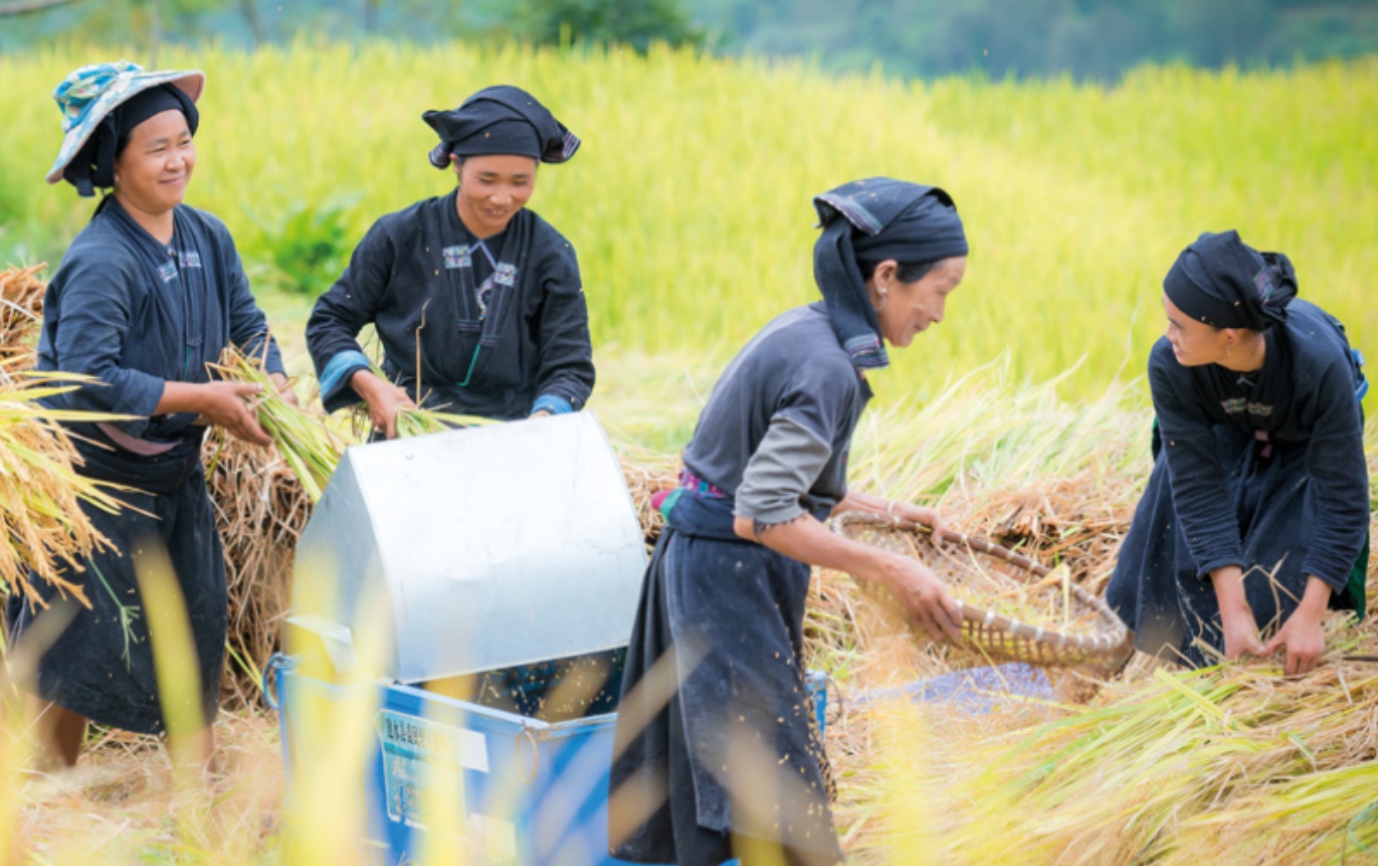
Guest authors: Lakpa Nuri Sherpa, Environment Programme Coordinator, Asia Indigenous Peoples Pact & Oda Almas Smith, Policy Advisor, Responsible Finance Programme
Nationally Determined Contributions (NDCs) form the backbone of the Paris Agreement. They are countries’ detailed, time-bound commitments to transformative low-carbon and climate-resilient action. NDCs outline, in qualitative and quantitative terms, the concrete steps that countries will take to address the climate crisis and contribute toward the overall goal of limiting warming to 1.5 degrees Celsius and avoid the worst impacts of climate change on people, our economies, and the planet.
The forest and land use sector can provide up to one third of the emissions reductions needed to avoid the most severe impacts of climate change - approximately 3.3 GtCO2/year of cost-effective mitigation potential in the tropics alone - representing the most significant opportunity to increase the ambition of NDCs in many tropical forested countries. The critical importance of forests in responding to the global climate crisis is underscored by the Glasgow Leaders Declaration on Forests and Land Use – endorsed by over 140 countries and covering roughly 90% of global forests – and the IPCC’s most recent mitigation report, which reaffirm the need for swift forest action and strengthened political commitment to end global deforestation by 2030.
Forests are also central to the traditions, cultures, and livelihoods of some 70 million Indigenous people worldwide who provide environmental stewardship to at least 36 % of the world’s intact forests. The rights of Indigenous Peoples are protected under international human rights laws and standards and the preamble of the Paris Agreement acknowledges the need for State Parties to respect, promote and consider their obligations to these rights. Efforts to ensure the inclusion of indigenous knowledge in climate mitigation and adaptation measures and to strengthen Indigenous Peoples’ participation in the formal negotiation process of the UN Framework Convention on Climate Change (UNFCCC) have been boosted by the establishment of the Local Communities and Indigenous Peoples Platform. At COP26, leaders affirmed the critical role of Indigenous Peoples in protecting and sustainably managing the world's lands and forests as well as the importance of securing their land and resource rights, a commitment echoed by UNDP and UN-REDD’s support to Indigenous Peoples and Local Communities, including those more marginalized within these groups, such as women and girls, youth and persons with disabilities who are often the most affected by climate change.
Forthcoming analysis undertaken by the Asia Indigenous Peoples Pact (AIPP) and the Forest Peoples Programme (FPP) over the past two years, supported by UNDP, the UN-REDD Programme, the Development Cooperation Section of the Embassy of Sweden in Bangkok and the Swedish International Development Agency (SIDA) through Swedbio at the Stockholm Resilience Centre investigates the rights, roles, and contributions of Indigenous Peoples in the NDCs of ten countries in Asia (Bangladesh, Cambodia, India, Indonesia, Malaysia, Myanmar, Nepal, Philippines, Thailand, and Vietnam) against nine indicators. Using a gender and social inclusion approach, the analysis considers whether each country’s NDC includes specific reference to rights holders such as Indigenous Peoples, including those more marginalized, such as Indigenous women, youth, and persons with disabilities, and whether the NDC explicitly recognizes Indigenous Peoples’ rights, including customary land and resource tenure rights, and the right to Free, Prior, and Informed Consent (FPIC). The analysis also looks at whether and how NDCs promote or reference traditional knowledge, Indigenous Peoples’ participation, and capacity building.
Finally, the country analyses highlight a series of ways that Indigenous women, men, youth, and persons with disabilities contribute to the goals of the Paris Agreement: by protecting forests and biodiversity, increasing the amount of carbon dioxide sequestered; protecting and restoring customary rules, practices, and traditional livelihood activities; maintaining and transferring their knowledge and wisdom on how to adapt to harsh climatic conditions; and providing inspiring examples of food system resilience.
This analytical work sets a baseline against which progress can be measured and encourages national participatory dialogues to enhance the inclusiveness of NDCs as they are further developed and implemented. The findings of the analysis can also serve as a lever for participatory policy engagement, enabling recognition of indigenous solutions to climate change and more systematic engagement of Indigenous Peoples’ networks and civil society in the review and enhancement of NDCs during 2022 and beyond. It represents a timely opportunity to foster a socially inclusive, gender-responsive, and human rights-based approach to national climate actions under the UNFCCC.
We hope this analytical work serves as a model for other climate processes and can inspire similar analysis in Africa, Latin America, and the Caribbean, and elsewhere in the world. It will be shared through the Local Communities and Indigenous Peoples Platform to showcase issues, opportunities, and approaches relating to the inclusion of the rights and knowledge of Indigenous women, men, youth and persons with disabilities in national policy pledges and processes. The regional synthesis report, and ten accompanying country analyses, will be launched at a side event at the UNFCCC Bonn Climate Change Conference in June this year.


